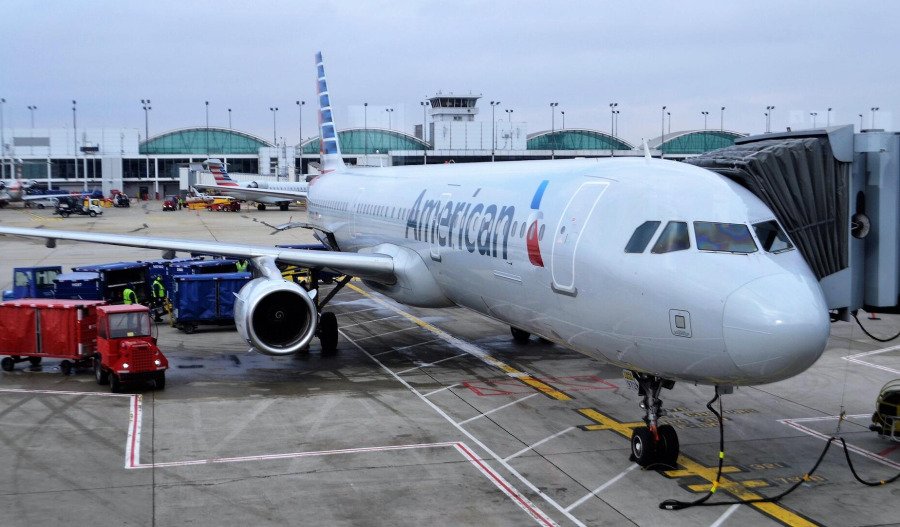Oil prices edged higher on Wednesday, trading above multi-year lows touched earlier in the week, though concerns over an economic slowdown and the impact of tariffs on global growth tempered further gains.
By 3 pm AEDT (4 am GMT), Brent crude futures rose $0.46, or 0.7%, to $70.02 per barrel, while U.S. West Texas Intermediate (WTI) crude gained $0.48, or 0.7%, to $66.73 per barrel.
The U.S. dollar index, which fell 0.5% to a fresh 2025 low on Tuesday, provided support for oil prices by making crude more affordable for buyers using other currencies.
However, ongoing weakness in U.S. stock markets weighed on sentiment, as investors reacted to heightened tariffs and deteriorating consumer confidence.
ANZ analysts commented in a note to clients: "Oil also found some support after U.S. Energy Secretary Chris Wright said that the Trump administration was prepared to enforce U.S. sanctions on Iranian oil production. However, the gains were limited following reports that Ukraine is said to be ready to accept a U.S. proposal for a 30-day truce in Russia’s war, raising expectations that Moscow’s crude may start flowing freely on the international market."
In the U.S., crude stockpiles rose by 4.2 million barrels for the week ending 7 March, according to market sources citing American Petroleum Institute data.
On the supply front, the U.S. Energy Information Administration (EIA) revised its crude production forecast upward, now expecting output to reach an average of 13.61 million barrels per day in 2025.
Traders are also closely monitoring upcoming U.S. inflation data, due Wednesday, for further insight into the Federal Reserve’s interest rate strategy.



